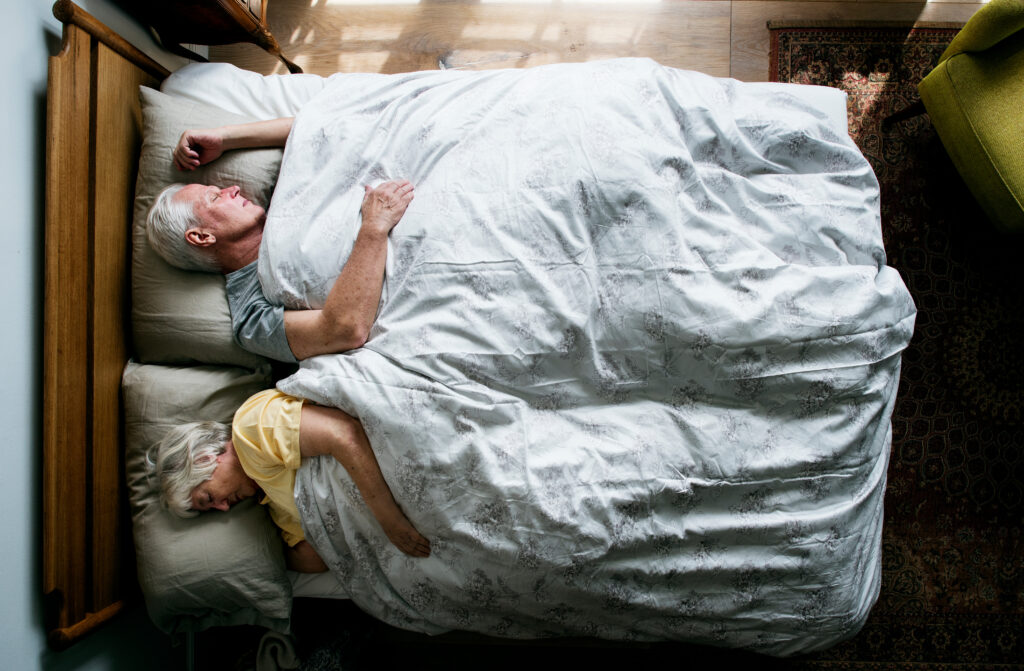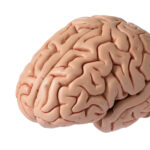**The Power of Physical Touch: Comfort and Anxiety Relief for Dementia Patients**
Dementia is a condition that affects millions of people worldwide, causing memory loss, confusion, and emotional changes. For those living with dementia, everyday life can be challenging. However, there is a simple yet powerful way to provide comfort and reduce anxiety: physical touch.
### The Importance of Physical Touch
Physical touch is a fundamental human need. It helps us feel safe, loved, and connected. For people with dementia, this need is just as important. Gentle touch can be a calming and comforting experience, especially when verbal communication becomes difficult.
### Types of Physical Touch
Several types of physical touch can be beneficial for dementia patients:
– **Massage Therapy**: This involves gentle manipulation of the muscles and soft tissues. Techniques like manual massage, aromatherapy, and gentle touch can help reduce anxiety, agitation, and depression. Studies have shown that massage therapy can be as effective as medication for some dementia patients, improving their overall well-being[1].
– **Hand Massage**: A simple yet effective way to provide comfort is through hand massage. This can be done by gently massaging the hands, fingers, and wrists. It helps stimulate the senses and can be particularly beneficial for those who struggle with memory loss and emotional expression[1].
– **Aromatherapy**: Combining physical touch with aromatherapy can enhance the calming effects. Essential oils like lavender, citrus, or cinnamon can evoke familiar scents and memories, promoting relaxation[3].
– **Tactile Experiences**: Activities like holding a soft blanket, running fingers through sand, or kneading dough provide comfort and alleviate restlessness. These tactile experiences stimulate the senses and offer a sense of security[3].
### How Physical Touch Works
Physical touch works by engaging multiple senses simultaneously. It can:
– **Reduce Stress**: By providing a calming and soothing experience, physical touch helps reduce stress and anxiety.
– **Improve Mood**: Gentle touch can improve mood and promote a sense of peace among individuals living with dementia.
– **Enhance Emotional Well-being**: Physical touch allows individuals to express emotions non-verbally, which is particularly beneficial for those who struggle with verbal communication.
### Practical Tips for Caregivers
If you are a caregiver for someone with dementia, here are some practical tips to incorporate physical touch into their daily routine:
1. **Consent and Comfort**: Always ensure that the person with dementia is comfortable with the physical touch. Communicate with them and gauge their comfort level.
2. **Gentle Techniques**: Use gentle techniques that are tailored to the individual’s needs. Avoid rough or invasive touch.
3. **Regular Sessions**: Regular sessions of physical touch can become a comforting routine for the person with dementia.
4. **Combining with Other Activities**: Combine physical touch with other activities like music therapy or arts and crafts to create a multisensory experience.
### Conclusion
Physical touch is a powerful tool in providing comfort and reducing anxiety in dementia patients. By incorporating gentle massage, aromatherapy, and tactile experiences into their daily routine, caregivers can significantly improve the well-being of those living with dementia. Remember, it’s not just about the physical act; it’s about the emotional connection and sense of security it provides.



